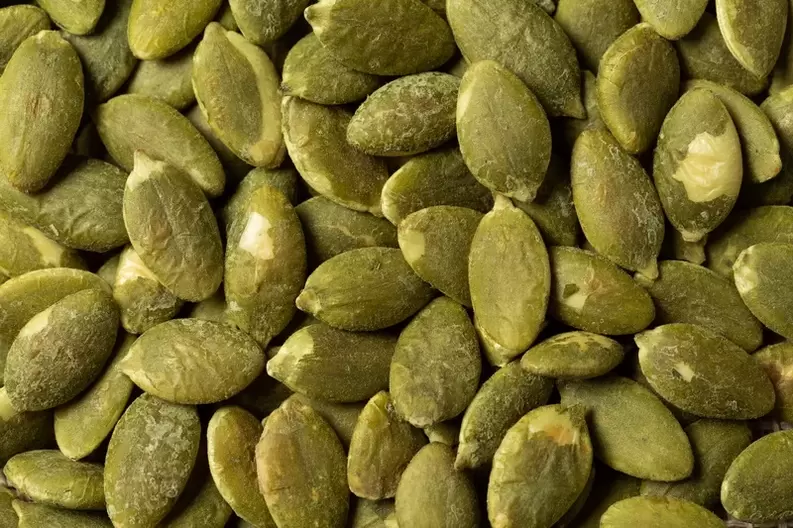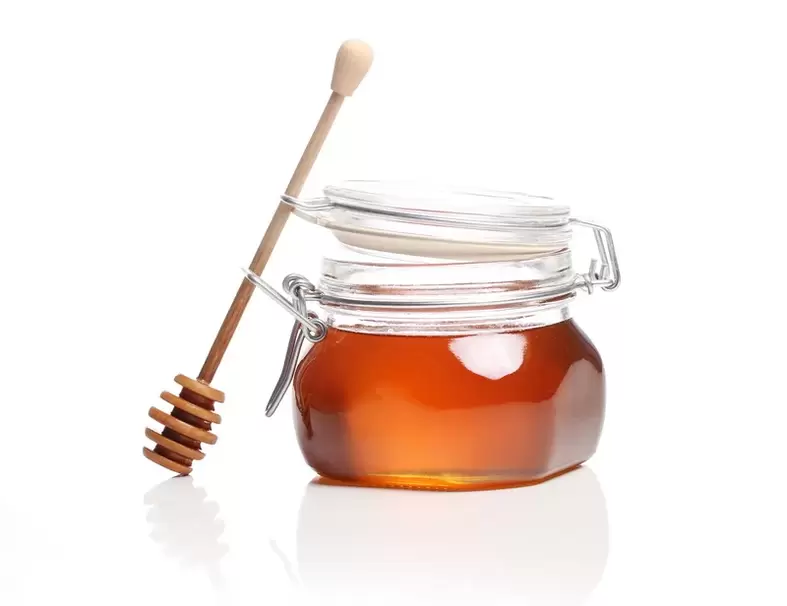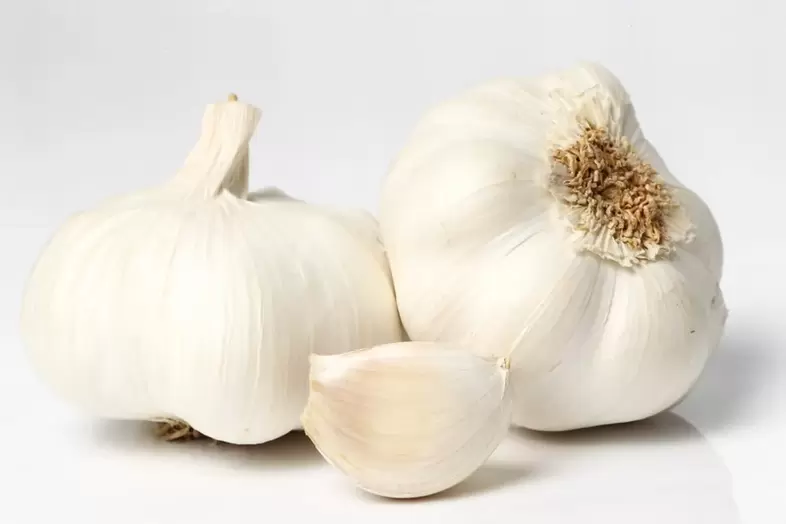
If you have this disease, consult your doctor and read this article.
Worms are parasitic worms that live with other animals and plants, feed on and reproduce in living organisms. According to statistics, every third inhabitant of the planet has these parasites. Scientists claim that no adult has ever had worms in his life. Think about how to get rid of worms, what types they are, and how to detect and prevent them. Note that worms (ascariasis, enterobiasis) are a common problem, especially in childhood, and you should not panic.
Types of worms in humans
Helminths - the scientific name for worms - have their own subspecies. The most common helminths are pinworms, roundworms. Let's look at them.
Pinworms
Pinworms are called helminths that affect the human gut. They are the most popular and widespread species. The proliferation of these helminths leads to the development of the disease - enterobiasis. Preschoolers and schoolchildren are most susceptible to pinworm infection.
Common signs of helminths in the body:
- itching in the anus;
- abdominal pain, generally mild;
- loss of appetite;
- stool disorders;
- insomnia and weakness;
- allergic reactions that do not pass after the use of antiallergic drugs;
- unreasonable cough.
Method of infection: contact and home route. Infection occurs when eggs are ingested with food. Self-infection is extremely important - pinworm eggs fall under the nails and are then swallowed while scanning the itchy anus. Adults can also be infected later than children.
Askariaz
Ascariasis is a family of large parasitic roundworms. The worm lives for 10 to 24 months, after which it is partially decomposed and excreted in the feces. The organs of the gastrointestinal tract are most affected and cause ascariasis. The preferred habitat for adults is the small intestine.
Giardiasis
Giardiasis - a disease caused by lamblia, a parasite in the small intestine of humans and some animals. Giardia comes in two forms: mobile (vegetative) and immobile (cyst-shaped). The mobile form of Lamblia has 4 pairs of flags and a suction disc that attaches to the mucous membrane of the small intestine. In the human body, it lives in the duodenum (small intestine).
Causes of worms in humans
The main causes of helminthiasis are:
- Non-compliance with basic hygiene rules, especially hand washing.
- Bad habits. These include biting nails, licking fingers, and holding various objects (pens, pencils) in the mouth.
- Inadequate care for pets, especially pets in the yard, as they can be carriers of the infection. After crossing the street, cats and dogs should wipe their paws, bathe in time, be examined and choose the right food.
- Drink raw, unfiltered water from an unreliable source.
- Uncooked vegetables, fruits and greens before meals;
- Poorly processed meat and fish products.
- Keep in close contact with an infected person.
- Sandboxes - live worms. Sandboxes on playgrounds should be kept away from cats and dogs.
Why are worms dangerous?
Thanks to modern medicine, it is possible to detect a disease in time and get rid of it, so serious consequences are very rare. Worms can cause the following events:
- intestinal obstruction;
- allergic rash;
- tendency to poisoning;
- development of anemia;
- deteriorating health;
- lose weight;
- reduction of the percentage of hydrochloric acid in gastric juice.
Helminthic infestation can cause weight loss, a pale shade, itching in the anal canal. Complications depend on the type of parasite and the degree of infection. The appearance of helminths is especially dangerous in children and during pregnancy.
How to find out if there are worms
It is important to detect helminthic infestation as soon as possible, which significantly increases the effectiveness of treatment and prevents the development of complications.
Basic diagnostic methods:
- analysis of feces for intestinal parasites (ascariasis);
- analysis of crumbs for pinworm eggs (enterobiasis);
- Blood test for the detection of specific antibodies to worms (detection of immunoglobulins - ELISA) - intestinal and tissue parasites. The most obvious work.
Re-analysis should be performed no later than 14 days after anthelmintic treatment. Typically, the patient is prescribed a combination of several tests to identify the parasite. The recovery criterion is a negative ELISA result and several negative results from a study of the biological environment in which the worms were found.
Pay attention! Requirements for the preparation of biomaterial (feces for intestinal parasites):
- Prepare a sterile container. Now they have created special dishes equipped with a convenient spoon. You can buy it at any pharmacy;
- Do not use mussels;
- Feces are collected in the morning before the test;
- It is not possible to allow urine to enter the feces, so it is important to urinate before the procedure.
- It is necessary to collect material from different parts of the last part.
- Put about a tablespoon of feces (10-15 g) in a prepared bowl.
- Delivery of the container to the laboratory as soon as possible - the so-called "hot stool".
Itching for enterobiasisin the morning, in the child's bed, before the morning discharge and hygiene procedures. A transparent narrow strip is applied to the perianal folds with the adhesive side, and then the same side of the biomaterial is glued to a clean, dry slide. Do not use any matte or colored glue stitches.
Worm control methods
An infectious disease specialist or parasitologist is involved in the treatment of parasitic infestations. But you should not immediately consult a doctor with a narrow specialty: it is better to contact a pediatrician or a therapist. He will prescribe a number of tests and, if necessary, consult a parasitologist or gastroenterologist.
If worms are found in a child, it is important to carry out antihelminthic therapy for the whole family.
When worms are detected, the doctor prescribes antiparasitic substances aimed at combating a particular type of worm. Modern medicine effectively fights worms at every stage of life: adults, larvae and eggs. In most cases (eg, ascariasis), a single dose pill is sufficient, but sometimes a course of medication is required - the treatment is prepared by a specialist.
It is unacceptable to violate the treatment tactics prescribed by the doctor - this can cause the worms' eggs to remain in the body, which will lead to re-occupation in the future.
Which pills can be used
Modern medicines are available in the form of tablets or suspensions for children.
The method of application is different for all drugs. It is important to read the instructions carefully and follow them clearly. Another point is the opposite. Contraindications are based on various liver diseases, pregnancy and breastfeeding. Ideally, discuss this with your doctor.
Medications are selected by the attending physician according to the type of worms, the characteristics of the organism, the stage of infection, and the age of the patient. Not always, there are enough anthelmintic drugs to repel worms. In some cases, complex treatment is prescribed.
After the activity of life, the worm harms our body. Therefore, it is important not only to carry out anthelmintic therapy, but also to cleanse the body of toxins formed during the death of worms.
Killed helminths secrete decay products from the strongest intestinal toxins. Allergic reactions may occur, the formation and excretion of bile is disturbed, the peristalsis of the gastrointestinal tract suffers, which manifests itself in the form of "lazy bowel" or, conversely, excessive activity - diarrhea - "leaky gut". The body's resistance to viruses and bacteria is reduced, latent chronic infections are activated.
In addition to antiparasitic drugs, drugs that improve the condition of the gastrointestinal tract, vitamins to eliminate vitamin deficiency, antihistamines (in case of an allergic reaction), hepatoprotectants, choleretics and sorbents may be prescribed.
Currently, in the arsenal of pharmacies you can buy phyto complexes that combine all these effects.
Let's see what herbs can help us get rid of helminths.
Treatment with folk remedies
Pumpkin seeds and honey
Pumpkin seeds have long been known in folk medicine, their pharmacological properties have been experimentally and clinically confirmed. The seeds are used against various worms (cattle, pork and dwarf tapeworms, tapeworms) and needle worms.

The main pharmacologically active substance that determines the anthelmintic effect of pumpkin seeds is the amine-mixed hururbitin (3-amino-3-carboxypyrrolidine), the content of which in the seeds reaches 0, 1-0, 3%, depending on the variety of pumpkin.
- To control worms, 300. 0 peeled seeds are taken in small portions on an empty stomach for 1 hour (you can always grind in a mortar with a green shell and mix with 50-100. 0 points).
- A laxative is given after 3 hours, and an enema is given after 0. 5 hours.
- Children aged 3-4 are given 75. 0 seeds;
- 5-7 years - 100. 0;
- 8-10 years - 150. 0;
- 10-15 years - 200. 0-250. 0.

Planting garlic
The beneficial properties of garlic are known all over the world and are spread in most different countries. Garlic (Allium sativum L. ) contains phytoncides based on allicin, geraniol, rutin, quercetin. Garlic has a general strengthening effect, stimulates immunity, has anthelmintic, antimicrobial, antiviral and fungicidal activity, increases the motor and excretory activity of the gastrointestinal tract, suppresses intestinal fermentation and putrefaction.

Yarrow
The beneficial properties of yarrow are characterized by a choleretic effect, increased production of gastric juice, improved appetite. Due to its antispasmodic effect, yarrow is used to reduce pain caused by intestinal spasms.
Long turmeric
Turmeric has been used in traditional Indian Ayurvedic medicine as a remedy for many ailments such as colds, stomach ulcers, liver diseases and healing skin wounds. Turmeric is rich in essential oils, such as borneol, which is known for its strong antiseptic effect, as well as frandandren, tsingiberen, curcumin and others. Contains high concentration of vitamins (vitamin -% of daily value): B6 - 90%; C - 28%; E -% 20, 7; B1 - 10%. The safe daily dose of turmeric is 1 teaspoon. Daily intake of turmeric improves digestion, stimulates the gallbladder (turmeric should not be used for cholelithiasis, because the spice increases bile flow) and lowers blood cholesterol levels.
General chemistry
In modern medicine, cumin fruits are used in the treatment of diseases of the gastrointestinal tract, intestinal atony, flatulence. The plant is used for spasms of the bile ducts. Cumin oil is part of the carminative, stomach, appetizing and other collections of fruits.
Definitions
- The infusion is prepared in the ratio of 2–3 teaspoons of cumin seeds in a glass of boiling water.
- Insist 45 minutes and take 2-3 tbsp. spoon (children 1 tsp). 5-6 times a day before meals.
Prevention of helminthiasis
It is important to follow the rules of hygiene to avoid catching a parasite for yourself: a modern change of clothes, regular showering and hand washing. It is better to spray household items with antiseptic.
It is important to eat the right food and manage it well. Be especially careful with fish and meat. During the gut, the fish should be carefully inspected for eggs and worms, and a separate board should be used to cut raw fish and meat. In spring and summer it is important to thoroughly wash the greens and berries from the garden.
You also need to do regular spring cleaning. Only for proven water and take care of your pets carefully and properly. The main guardian - immunity also needs help and care.
If you have pets, all family members should take precautions against worms, make sure you include your favorite pet.






































